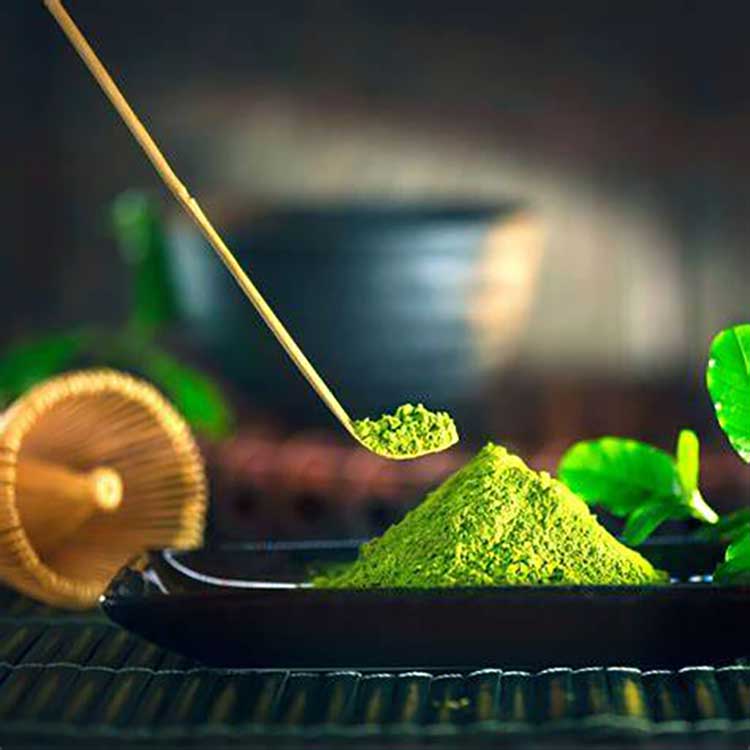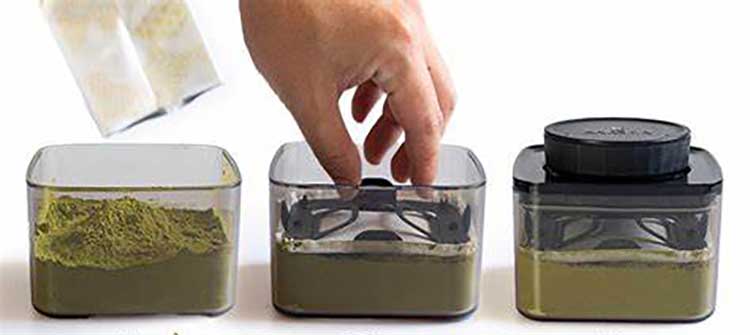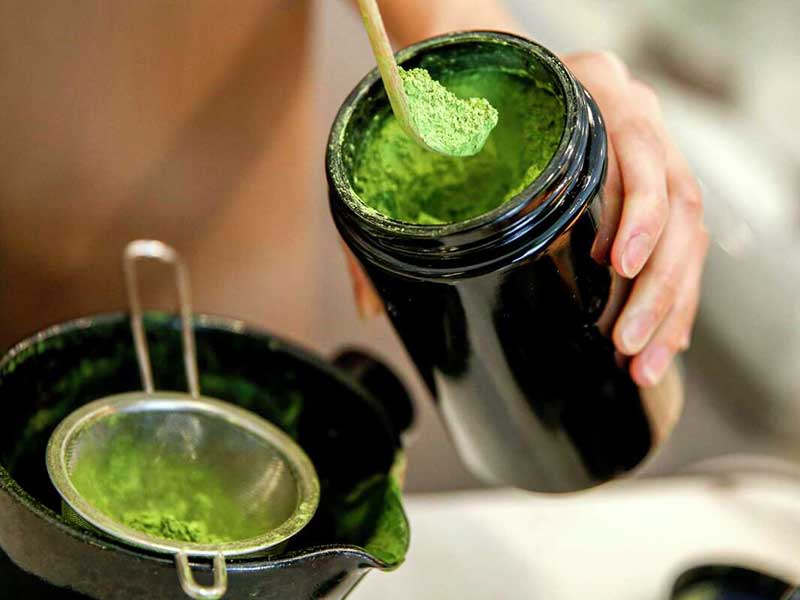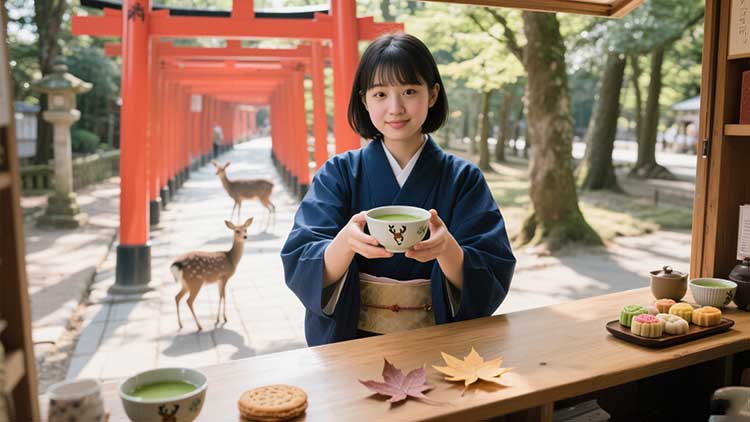Matcha, the vibrant green powder made from finely ground green tea leaves, is known for its numerous health benefits and distinct flavor. It’s a versatile ingredient used in everything from traditional Japanese tea ceremonies to lattes, smoothies, and baked goods. If you’re in the business of producing or selling matcha, or simply a fan of this nutritious tea, proper storage is crucial to maintain its freshness, flavor, and nutritional benefits.

A common question among matcha enthusiasts and suppliers is: Can matcha be stored in a plastic container?
The answer isn’t a simple yes or no. Let’s dive into why storage is so important and what type of containers are best for preserving matcha.
The Science Behind Matcha Storage
Matcha is a delicate product that can easily lose its vibrant green color and subtle flavor if not stored correctly. The primary culprits for matcha degradation are:
- Light: Exposure to light can cause matcha to lose its freshness quickly. The chlorophyll responsible for its bright color can break down, leading to a dull appearance and loss of flavor.
- Air: Oxygen can oxidize matcha, causing it to turn bitter and stale.
- Moisture: Matcha is highly sensitive to humidity, which can affect its flavor and cause clumping.
- Heat: High temperatures can degrade the active compounds in matcha, reducing its health benefits and flavor.
Plastic Containers: Pros and Cons
Plastic containers are a popular and affordable choice for many types of food storage, but when it comes to matcha, there are a few things to consider.
Pros of Storing Matcha in Plastic Containers:
- Cost-Effective and Lightweight: Plastic containers are often inexpensive and easy to handle, which can be convenient for bulk storage.
- Sealing Capability: Many plastic containers come with tight-fitting lids, which can help protect the matcha from air and moisture.
Cons of Storing Matcha in Plastic Containers:
- Not Ideal for Long-Term Storage: Plastic is often permeable to light and air. Over time, exposure to these elements can cause matcha to lose its flavor and vibrancy, especially if the container is not opaque or airtight.
- Static Build-Up: Plastic can create static electricity, which can cause the fine powder to stick to the sides of the container, making it difficult to access every last bit of matcha.
- Chemical Leaching: Some plastic containers, especially those made from low-quality plastics, may release harmful chemicals that could affect the flavor and safety of your matcha.

The Best Containers for Matcha
To ensure your matcha stays fresh for as long as possible, the best containers are those that limit exposure to light, air, moisture, and heat.
1. Airtight Glass Containers
Glass is one of the best options for storing matcha because it’s impermeable to air and light. If you can find an airtight glass container with a dark tint (such as amber or dark green), this is ideal for preserving matcha’s quality. The opaque glass helps protect it from light, while the airtight seal keeps moisture and air out.
2. Tin Cans
Traditionally, matcha is stored in tin cans. These cans are opaque, airtight, and provide an excellent barrier against light and air. While they may not be as lightweight as plastic, they offer superior protection for your matcha.
3. Vacuum-Sealed Bags
If you’re storing matcha in large quantities or bulk, vacuum-sealed bags are a great option. They remove the air, which helps preserve freshness and prevents oxidation. Just make sure the bag is stored in a cool, dark place.
4. High-Quality Plastic Containers
If you choose to store matcha in plastic containers, opt for high-quality, BPA-free plastic that is designed to be airtight and light-resistant. Look for containers specifically designed for tea storage that can offer protection from air, moisture, and light.
How to Store Matcha Properly
Regardless of the container you choose, following these guidelines will help extend the shelf life of your matcha:
- Keep It Cool: Store your matcha in a cool place, away from heat sources such as direct sunlight or stoves. The ideal temperature range is between 40°F and 60°F (4°C to 16°C).
- Avoid Humidity: Ensure the storage area is dry. A humid environment can cause matcha to clump and lose its flavor.
- Seal It Tight: Use an airtight container to minimize exposure to air. If you’re using a plastic container, make sure the lid fits securely.
- Minimize Handling: Always use a clean, dry spoon when handling matcha to avoid introducing moisture or contaminants into the container.
Conclusion: Should You Store Matcha in Plastic?
While plastic containers are an option for storing matcha, they are generally not the best choice if you’re looking to preserve the quality of your matcha over time. For short-term use or small quantities, plastic can be adequate as long as it’s airtight, high-quality, and stored in a cool, dark place.
For longer storage or for bulk quantities, consider using glass or tin containers, which offer superior protection against light, air, and moisture.
No matter what container you choose, always aim to minimize exposure to the elements that degrade matcha. Proper storage will help ensure your matcha stays fresh, vibrant, and packed with its signature flavor and health benefits for as long as possible.
By following these simple storage tips, you can help preserve the quality of your matcha and continue enjoying its delicious, nutrient-rich benefits!





This was super helpful! I’ve always wondered if plastic containers were safe for matcha. I didn’t realize how much light and air could affect the flavor. Thanks for the clear tips—definitely switching to a tin or glass jar now!